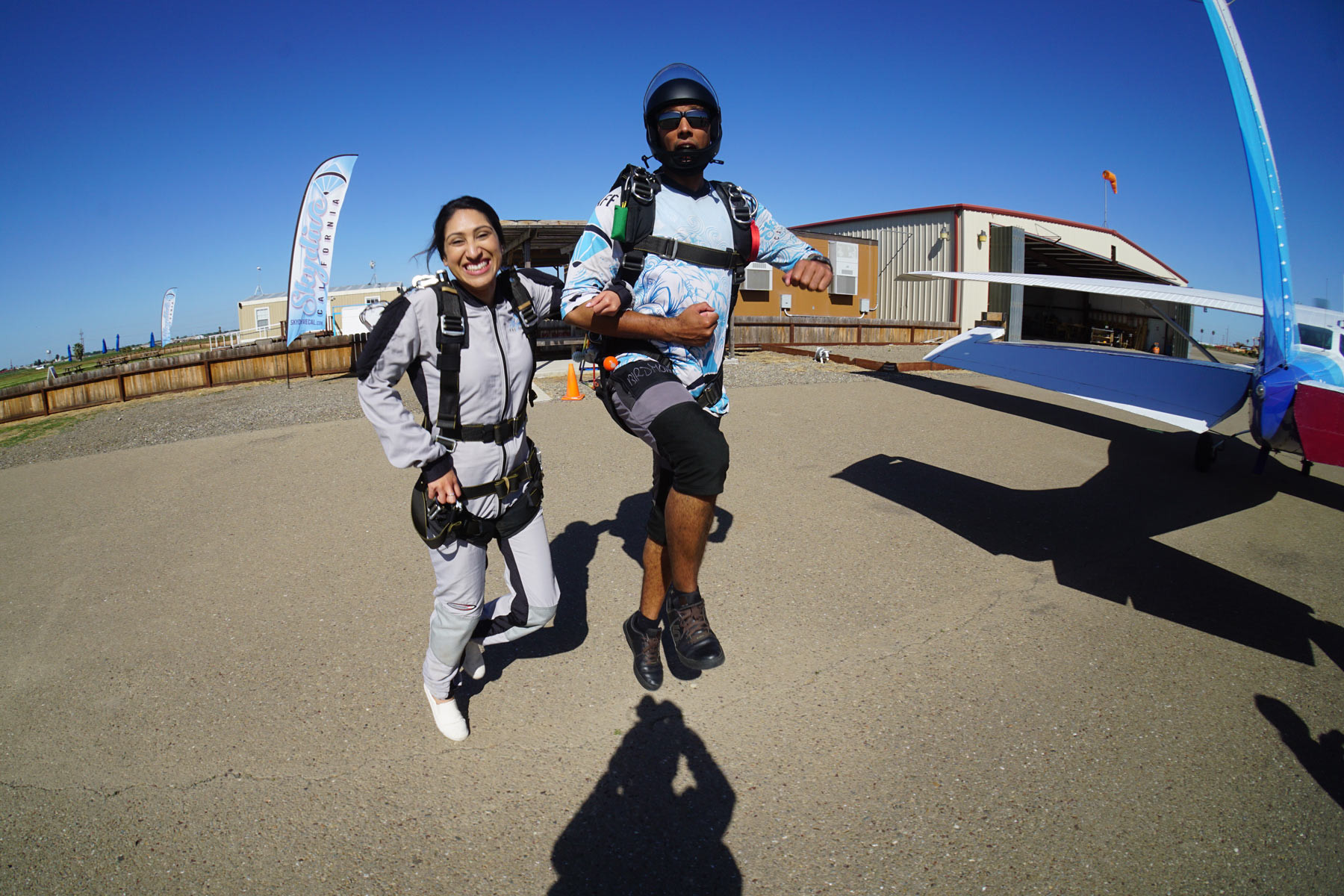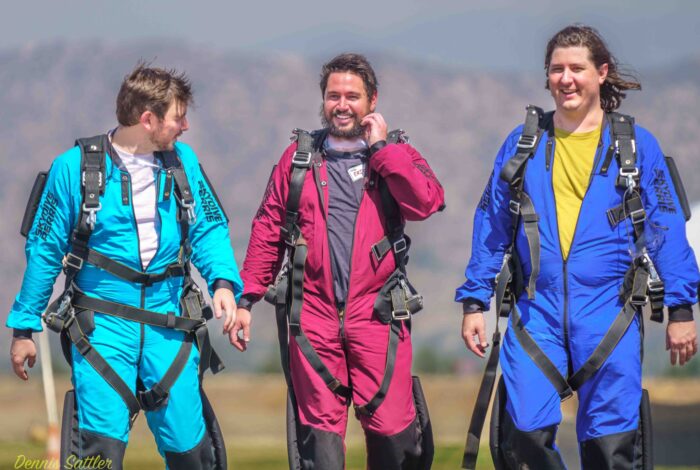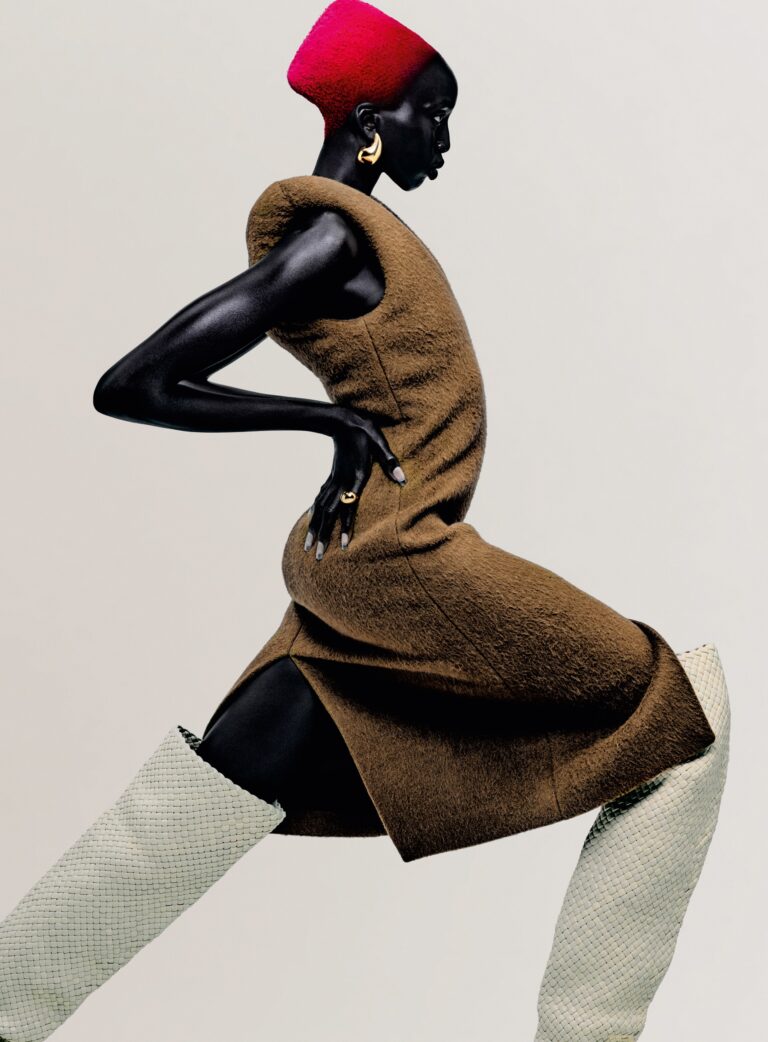Base jumping is an extreme sport. Knowing what to wear can save your life. Let’s explore the essential gear.
Introduction to Base Jumping
Base jumping involves jumping from fixed objects. These can be buildings, antennas, spans, or earth (cliffs).
The sport is thrilling but risky. Wearing the right gear is crucial for safety.
Essential Base Jumping Gear
Each piece of equipment plays a vital role. Let’s break down the must-have items.
Helmet
A helmet protects your head. Look for a lightweight and durable option. Many base jumpers prefer full-face helmets for added safety.
Jumpsuit
A jumpsuit helps with aerodynamics. It should fit snugly but allow for movement. Many jumpsuits come with padding for extra protection.
Parachute
The parachute is your lifeline. Choose a reliable and well-tested model. Ensure it is packed correctly before each jump.
Altimeter
An altimeter measures your altitude. It helps you know when to deploy your parachute. Digital altimeters are easy to read and accurate.
Gloves
Gloves protect your hands. They should provide a good grip. Choose a pair that is both durable and comfortable.
Footwear
Wear sturdy shoes with good ankle support. Hiking boots or specialized jumping shoes are ideal. Ensure they fit well to avoid blisters.


Credit: skydivecalifornia.com
Weather-Appropriate Clothing
Weather conditions can vary. Dress accordingly to stay comfortable and safe.
Warm Weather
- Lightweight jumpsuit
- Moisture-wicking undergarments
- Sun protection, such as sunglasses and sunscreen
Cold Weather
- Thermal jumpsuit
- Layered clothing for insulation
- Warm gloves and socks
Windy Conditions
- Wind-resistant jacket
- Secure all loose clothing
- Use a wind indicator to assess conditions
Additional Safety Gear
Safety gear can make a significant difference. Here are some extra items to consider.
Body Armor
Body armor can protect vital areas. Look for lightweight and flexible options. Many base jumpers wear chest and back protectors.
Radio
A radio allows communication with your team. It’s crucial for coordinating jumps and signaling for help.
Gps Device
A GPS device helps track your location. It can be invaluable in remote areas. Ensure it is fully charged before each jump.
Common Mistakes to Avoid
Even experienced jumpers make mistakes. Here are some common ones to avoid.
Wearing Loose Clothing
Loose clothing can catch the wind. It can also interfere with your equipment. Always wear fitted gear.
Ignoring Weather Conditions
Bad weather can be dangerous. Always check the forecast. Postpone your jump if conditions are not ideal.
Skipping Safety Checks
Always check your gear before each jump. Ensure everything is in good condition. Safety checks can prevent accidents.


Credit: skydiveperris.com
Frequently Asked Questions
What Are The Best Fabrics For Base Jumping?
Choose lightweight, breathable, and moisture-wicking fabrics like nylon and polyester for maximum comfort and safety.
Should I Wear Gloves While Base Jumping?
Yes, gloves improve grip on equipment, protect hands, and provide warmth in cold conditions.
What Type Of Helmet Is Recommended?
Use a lightweight, durable, and certified helmet designed for extreme sports to ensure maximum protection.
Are Goggles Necessary For Base Jumping?
Yes, goggles protect your eyes from wind, debris, and improve visibility during jumps.
Conclusion
Base jumping is an exhilarating sport. Wearing the right gear is essential for safety. From helmets to jumpsuits, each item plays a crucial role.
Always dress for the weather and avoid common mistakes. With the right preparation, you can enjoy a safe and thrilling jump.




